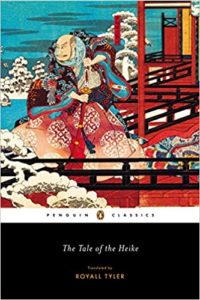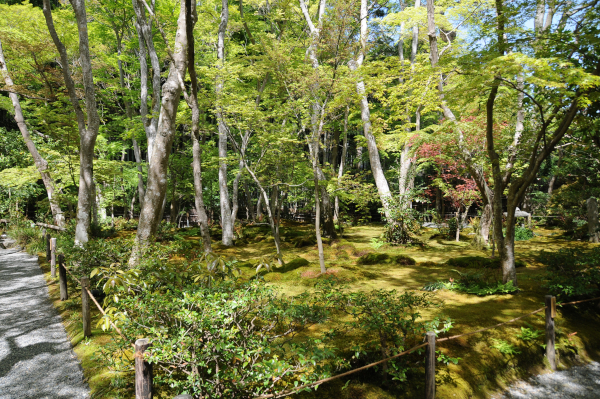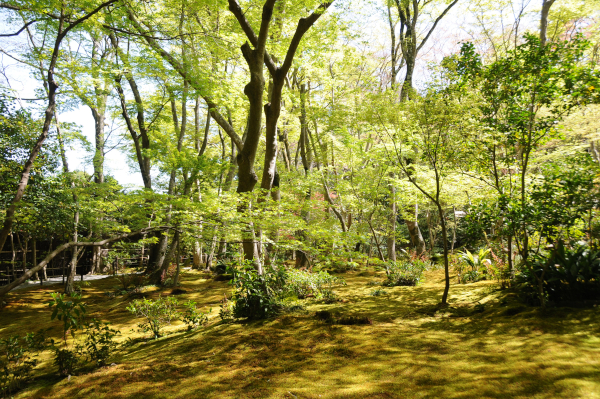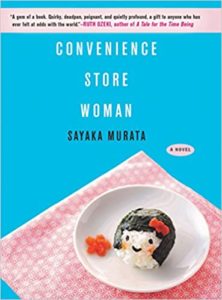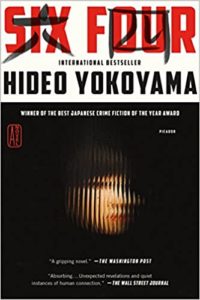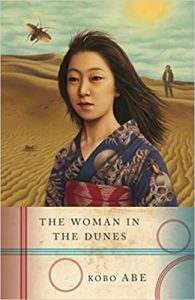The 10 Loves of Mr. Nishino
Hiromi Kawakami
The first time we hear about Mr. Nishino is when he suddenly appears in the garden of one of his ex-lovers, and claims that he’s dying. She and her daughter, who knows him as the man who bought her parfait as a child, sit with him and reminisce, until he disappears again as unexpectedly as he has come. This pattern (minus the dying) repeats itself with nine other women of Mr. Nishino’s life who share their own memories of their often brief relationship with this fascinating man, who nevertheless remains elusive to each one of them.
This is not so much a novel than a set of 10 vignettes centred around the main character, Mr. Nishino. From early childhood on, he is irresistible to girls and women, who fall over each other to land in his arms. Yet, even though some of them know he’s double-dating, they still describe him positively, almost as if he couldn’t help it.
Unfortunately, each chapter is written from the viewpoint of the woman du jour, so that the “real” Mr. Nishino never has to reveal himself. And the women themselves function merely as chroniclers of, rather than as participants in, the stories. This left me unsatisfied and none the wiser about any of the characters, and there is no plot either to provide a cohesive whole. I like Kawakami’s books in general, but this was not one of her stronger ones.
Hiromi Kawakami was born in Tokyo in 1958 and started out as a writer and editor of science fiction stories after graduating from college. She has since received numerous Japanese literary awards, including the Akutagawa Prize, the Tanizaki Prize, and the Yomiuri Prize.
I’d recommend getting this from the library, but if you prefer to own your books, here’s a link to amazon.


